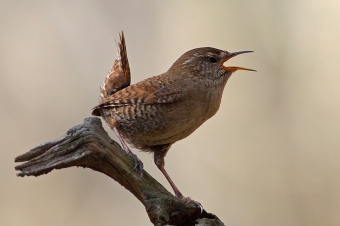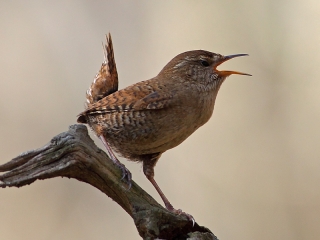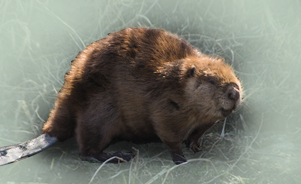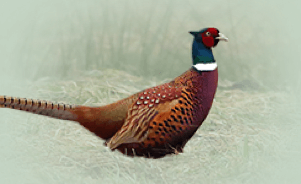Eurasian wren Troglodytes troglodytes

Features
The Eurasian wren is a songbird and one of the most widespread and numerous birds in Europe. It is easily recognisable by its small size and raised tail. It is the shortest European bird. Troglodyte literally means a ‘dweller of caves’, and it received its Latin name because of its frequent search for food in the cracks.
| Species | Bird |
| Living space | Field, Meadow, Swamp |
| Size | 8 -12 cm |
| Weight | 9,1 g |
Description
An adult Eurasian wren has a stout body, measures from 9 –10 cm, and has a wingspan of 13 – 17 cm. On average, it weighs from 8 – 13 g. Its crown, rump and tail are chestnut-brown. The latter is also short and straight. The Eurasian wren's upperparts are of the same colour and have dark transverse stripes. The line above the eyes is light brownish-white, the bridle line is brown and goes across the eyes. The throat, chest and abdomen are very light brown, and the latter is also striped along the hips. Its beak is brown, short, thin and slightly bent. The legs are brown and medium long. The Eurasian wren’s most common habitats are forests, gardens, heaths, swamps and hedges. We usually detect it only by its characteristic call and loud singing. Its call is a harsh low ‘churr’, and a loud ‘tek’ often repeated. During autumn, Eurasian wrens sing softly, but their alarm call is a very strong ‘terrerrerr’, and a rapid tremolo ‘titititic’, in all seasons. Only the dunnocks sing similarly to the Eurasian wrens.
Features Temenica (3)
SPECIAL ogr.




